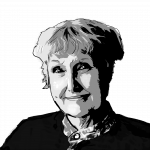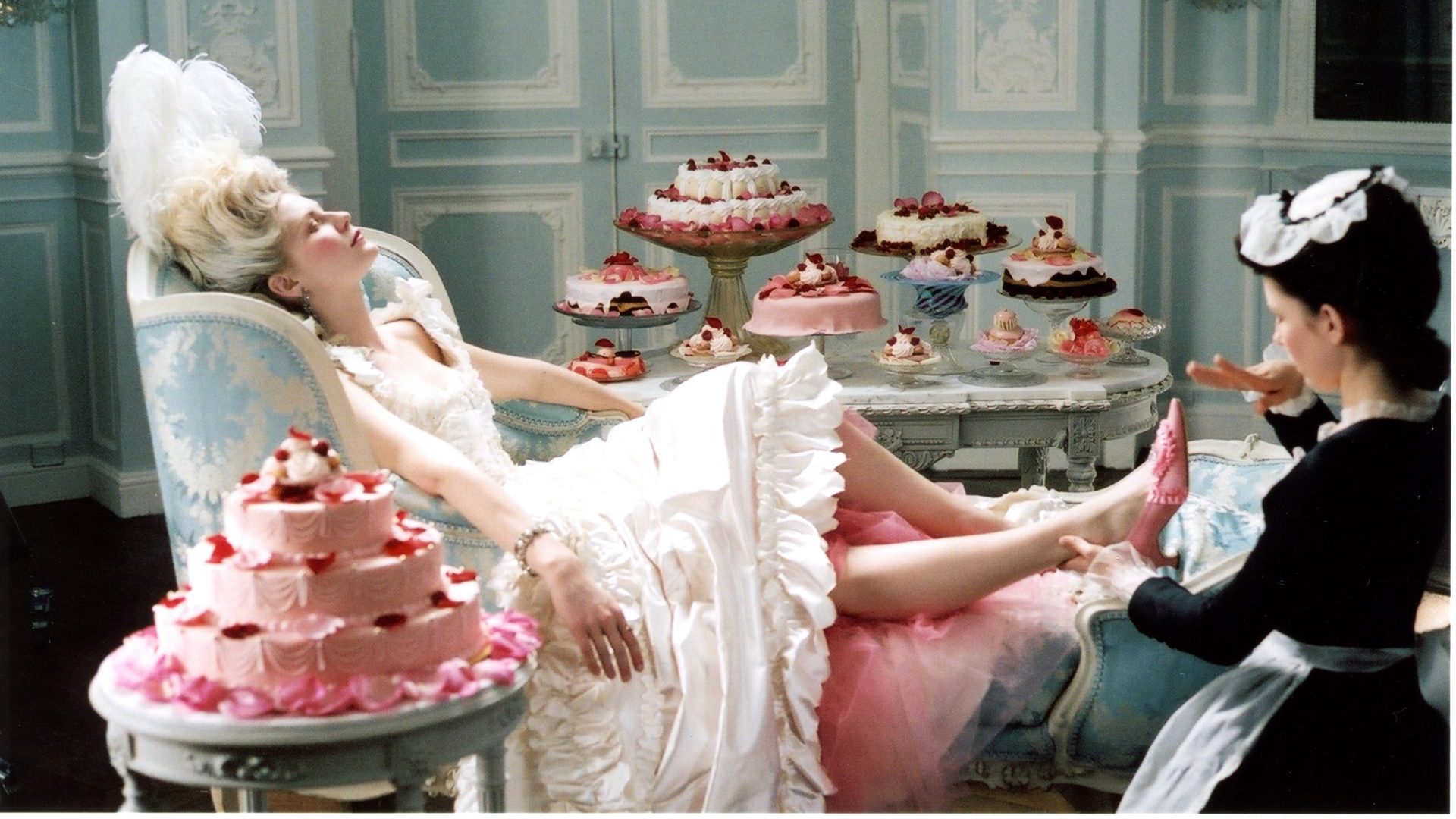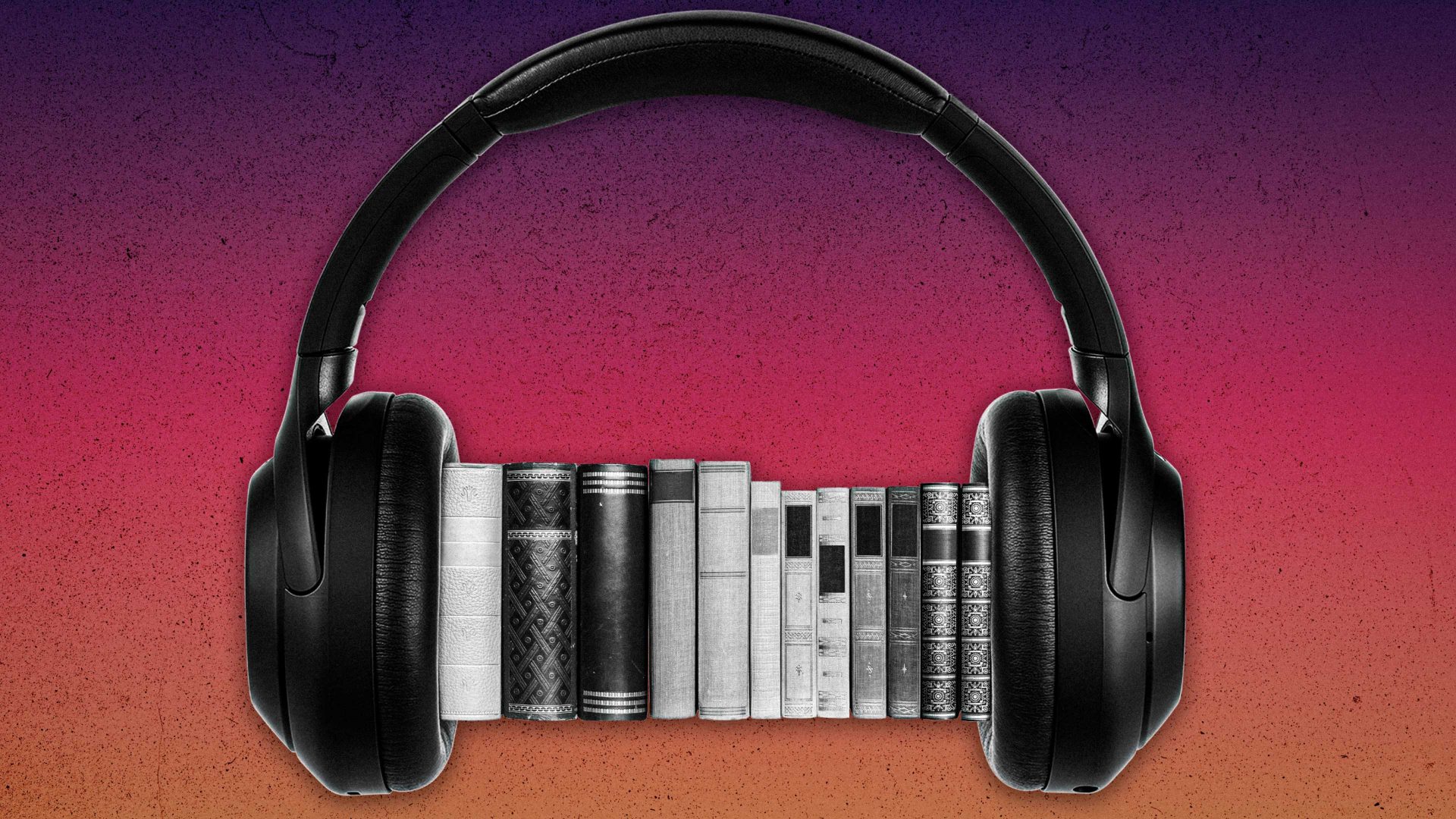“We have dreamt a pleasant dream, that is all,” wrote Marie Antoinette from her prison cell in March 1793, seven months before her execution. The quote appears at the exit of the V&A’s glittering new exhibition, which explores the life and legacy of the French queen through what she wore, the places she lived and the objects surrounding her.
The name is synonymous with lavish living, and you certainly leave the V&A with an impression of luxury beyond your dreams; a bejewelled, gold-encrusted, silk-clad spread on which artists, writers, film-makers and fashion designers have feasted ever since.
Marie Antoinette Style is organised in two sections. The first suite of galleries is dedicated to the French queen, whose portraits hang alongside resplendent period dresses, furniture and furnishings, some only recently resurfaced in auction sales. She is omnipresent; it’s all about her; King Louis XVI scarcely gets a look-in.
The second section focuses on Marie Antoinette’s legacy, from the 19th century to the present day, introducing the extent of her influence on textiles, shoes (shoe designer Manolo Blahnik sponsored the show), illustration, film and fashion. It begins with Spanish-born Empress Eugénie, married to Napoléon III, who curated the first exhibition dedicated to the French queen at the Petit Trianon, Marie Antoinette’s bucolic retreat at Versailles, in 1867. A keen follower of fashion who was dubbed the “Countess of the Crinoline”, Eugénie perhaps saw in the Marie Antoinette story a presentiment of her own fate. In the decades that followed, party-goers in both England and France plundered their dressing-up boxes to attend fancy dress balls as make-believe Marie Antoinettes.
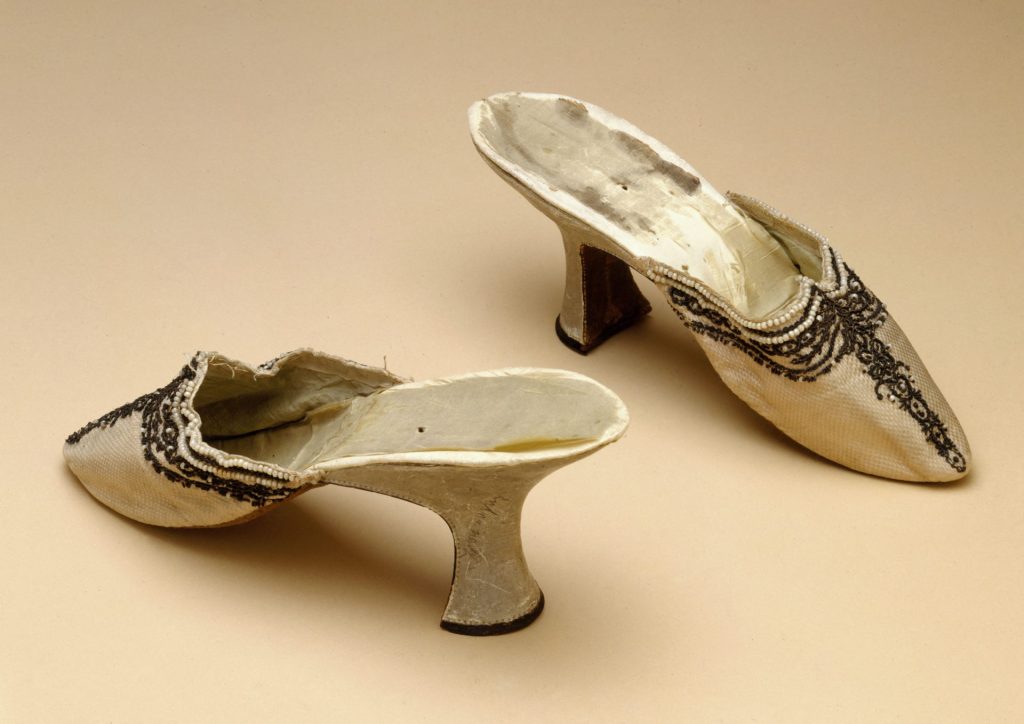
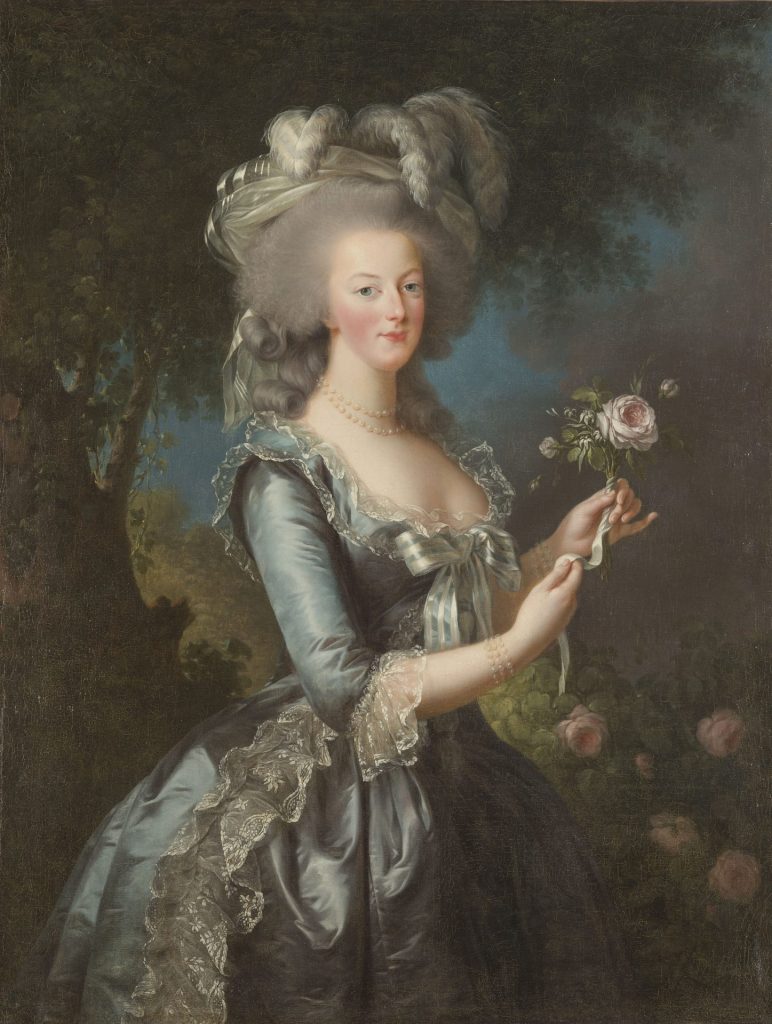
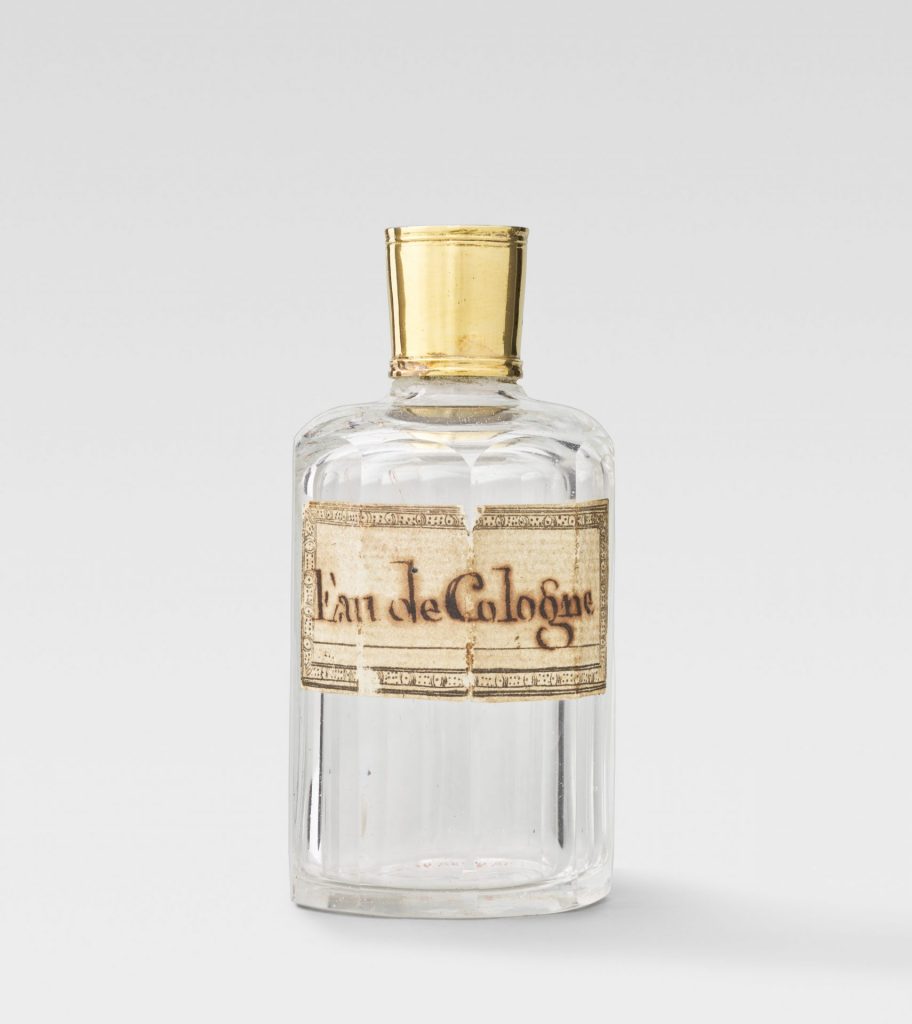
The line-up of empty Victorian ball gowns in glass cases pale in comparison to the triumphant grand finale of the V&A’s extravaganza. Here is haute couture at its most exaggerated and flamboyant. Mannequins wear towering tinted hairdos and pastel-coloured dresses in the shape of tiered wedding cakes with sugar-iced piping. Another flaunts a fluttery Chantilly lace Vivienne Westwood bridal gown and then, centre stage, is the clincher: the no-expenses-spared John Galliano 1998 pale green, shot-silk taffeta Marquise Masquée ballgown for Dior, ruffled and beribboned, with such oodles of silk that it ripples out like a gigantic green pool.
Between these two fantastical confections is a blood-red chamber where the ugly blade of “Madame Guillotine” is hung beside photographs of Madame Tussaud’s wax effigies of Marie Antoinette’s head. The stained white linen shift the queen wore during her imprisonment and possibly her execution is as fragile as a butterfly’s wing. In contrast to what precedes them, these items are plain, functional and poignant.
Why are we so fascinated by Marie Antoinette? We’ve had our fair share of notable queens memorialised this side of the water, from Mary Queen of Scots (who had the same biographer, Lady Antonia Fraser) to the late Princess Diana, who died at a similar age in the same city.
Part of Marie Antoinette’s appeal is that she was an outsider who tried to make a place for herself in a foreign court: Austrian-born, she was used as a political pawn to bring peace between two hostile nations, France and Austria, through her marriage to the French dauphin. The seven-year delay in consummating the union and the initial lack of an heir encouraged the queen’s fightback through her wardrobe. The exhibition argues that France was already ruined by the colossal cost of foreign wars by the time Marie Antoinette arrived, but it is the visible scale of her purchasing power amid widespread squalor and starvation, her imprudent indifference, the impending doom of the French Revolution, and the brutal nature of her execution that makes this a fable of her life.
To quote the film director Sofia Coppola, whose 2006 biopic Marie Antoinette starring Kirsten Dunst is featured: “I’m lifting a glass to the misunderstood bad girls of history, the queen of all queens, and to the importance of surrounding yourself with what you find beautiful.” For a brief moment, we are similarly surrounded and seduced.
Suggested Reading
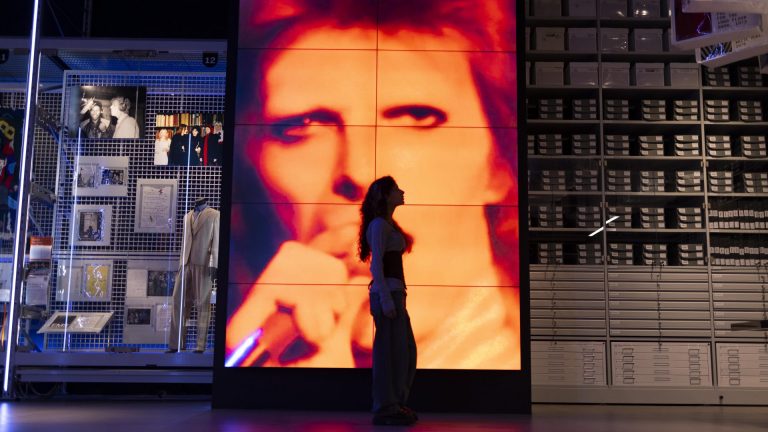

David Bowie, the Great Curator
The V&A drops us straight into the Palace of Versailles: the floor is made up of black and white lozenges; the arcaded walls are salmon pink, and there are two portraits of Marie Antoinette to greet us. One is an animation of the winsome 15-year-old dauphine, who smiles and winks; the other depicts Queen Marie Antoinette in gold-tasselled pearlescent court gown, painted by her favourite artist and image-maker, Élisabeth Louise Vigée Le Brun. She outlived her patron by several decades, as did royal dressmaker Rose Bertin, and the queen’s hairdresser, and mastermind behind the “pouf”, Léonard Autié.
From here, you move into a version of the Hall of Mirrors, a room of glass vitrines and tumbling gold-sequinned chandeliers showcasing an array of court dresses in different styles, some from the V&A’s collections. There is a nacreous silver wedding gown in Robe de Coeur design for the future Queen of Sweden’s marriage in 1774, which is thought to closely resemble the one Marie Antoinette wore at her own wedding.
It’s almost impossible to imagine that it ever contained a human form. Not only were these garments difficult to move around in – through doorways, down stairways, into carriages – they were also extremely heavy – the metallic threads, the pearls and bijous must have sent these slender mademoiselles into a faint.
Little from Marie Antoinette’s wardrobe survives. In 1792, a mob stormed the Tuileries Palace where the royal family was incarcerated, and most of their belongings were destroyed. So it comes as a great surprise to find such a range of the queen’s personal items on display. Among them is a lively salmon-pink silk fragment from a court gown, densely patterned with the black-tipped tails of ermine, an inventive reinterpretation of a royal symbol stitched and tufted as animal print.
Others include the solitary shoes, lost Cinderella-style in the fracas, or gifted to the queen’s servants; her gold-stoppered crystal perfume bottle containing the remains of perfume; her jewellery casket, black lace collerette, armchair, Sèvres plate and bowl and her prayer book, in which she wrote her final thoughts on the morning of her execution.
All these riches-cum-remnants are a haunting reminder of how precipitously one’s fortunes can change. Scandals besmirched the queen’s reputation, and she was ruthlessly caricatured in pamphlets, but it is an irony that the scandal of all scandals, the so-called Affair of the Diamond Necklace, was one in which she was entirely innocent. In this instance, diamonds were definitely not a girl’s best friend, and it was only a matter of time before Marie Antoinette’s head ended up on the block.
The V&A presents a brief summary of this extraordinary story: a diamond necklace totalling 2,842 carats was stolen by two fraudsters who absconded to England, where it was broken up, reset and resold. The necklace had originally been offered to Marie Antoinette, who had refused it, but by means of a faked letter, an impersonator of the queen and a duped intermediary, its disappearance was achieved.
A replica necklace dating from the 1960s and made from white sapphires is on display. It is a heavy, swagged piece of bling. Next to it are the original jewels remade into The Sutherland Diamonds, allocated to the V&A in 2022, and The Anglesey Négligée Necklace of 500 stones.
Marie Antoinette Style offers an escape from our own war-riven age. The 18th-century court at Versailles may seem centuries distant, but cast your eye over the pictures of the recent state banquet at Windsor Castle and you will be reminded how opulent spectacle for political ends endure.
Marie Antoinette Style is at the V&A, South Kensington, London until March 22, 2026
Deborah Nash is a journalist who studied visual art at the École des Beaux Arts, Bourges, and at Nanjing College of Art, China

